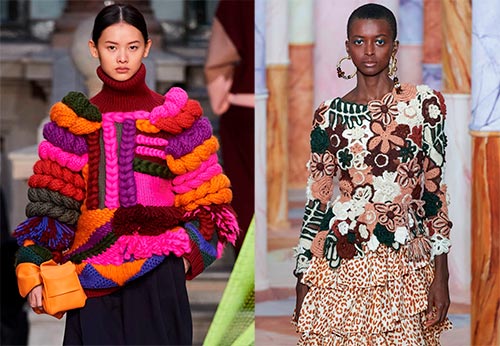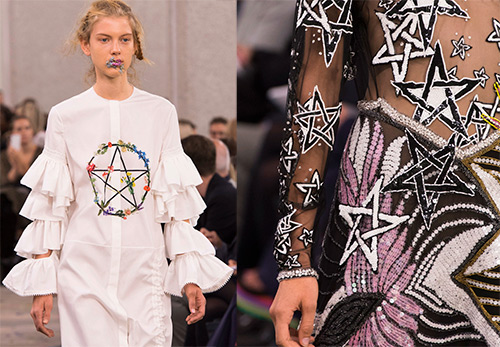Style
Deconstructivism in fashion design: a fashion trend
The new age of post-non-classical science is marked by a revolution in thermodynamics and quantum mechanics. Recently, there have been significant changes in the sciences of the ontological direction. Subsequently, these views were borrowed in the social sciences and humanities.
The very concept of deconstructivism was formed in the philosophy of postmodernism, where a large role was given to random (not fitting into the general structure) elements. Today deconstructivism is considered in various spheres of human life: science, philosophy, architecture, literature and art. The trends of this style include non-standard methods and approaches, new technological solutions.
In art, deconstructivism found its expression first in the design of architecture. This was expressed in the use of unusual forms: decentralization, broken and deconstructive forms, etc. Such architectural solutions significantly emphasized the town-planning appearance of the city as a new, stylish and promising look into the future of industrialization.
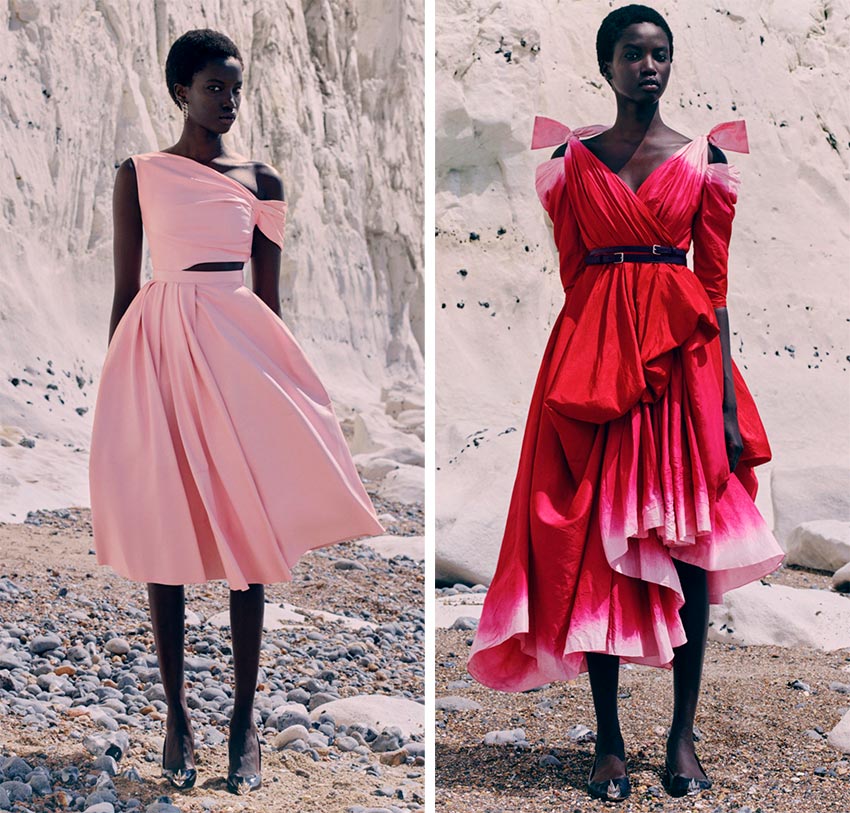
Photo above - Alexander McQueen
Photo below - Monse

In the world of fashion, the style of deconstructivism originates from the show of the collections of the world famous designers and stylists Yamamoto and R. Kawakubo. The show took place at Paris Fashion Week (1981) and caused a big boom in the world. The presented collections were distinguished by their bold decisions, their extravagance and originality. Asymmetry and change of cut of clothes, casual details have changed taste preferences in the fashion world.
In fact, this moment can be considered a revolution in the world of fashion. This is manifested in the fact that almost any clothing, even with mass production, could have elements of individualization (like author's) and originality.
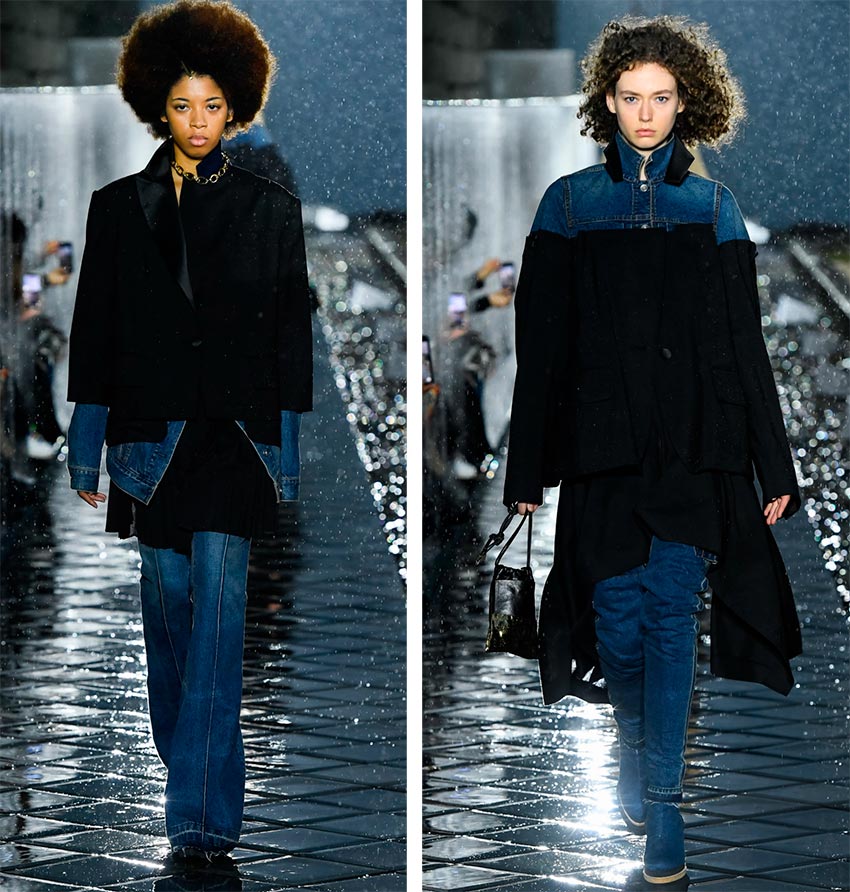
Sacai
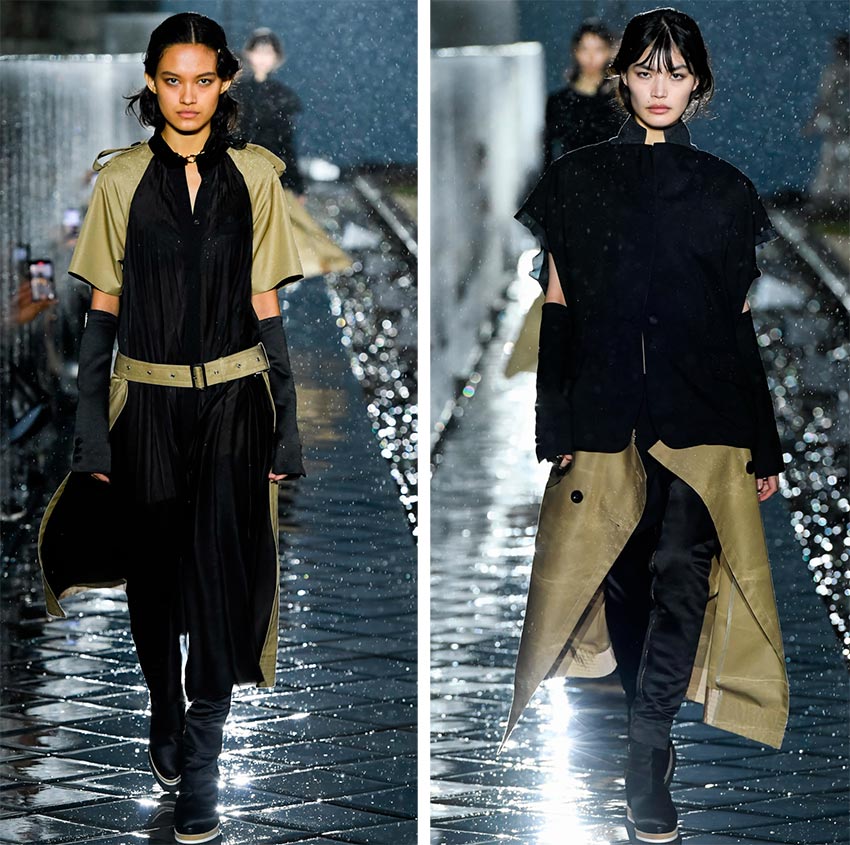
In modern times, deconstructivism is one of the innovative trends. It has firmly established itself at annual shows, shaping new trends for major global brands, as an innovative direction. Formed, in principle, a new look at fashion trends in general in this direction.
A new look at solving problems has appeared, from the point of view of non-standard solutions. These are decaying or unfinished forms, open structure of clothing, asymmetrical structure of a suit, transformation, combining 2 or more items into one, mixing styles, hypertrophy of shapes, open seams, raw or decaying edges, layering, inversions, illusion of unfinishedness and much more.
In this case, deconstructivism should be considered as a universal method for any trend in the style of fashion. Deconstructivism in the modern world is perceived as something new and unusual. It can be used in any style, at any show, which creates clear advantages for this direction as a universal direction.
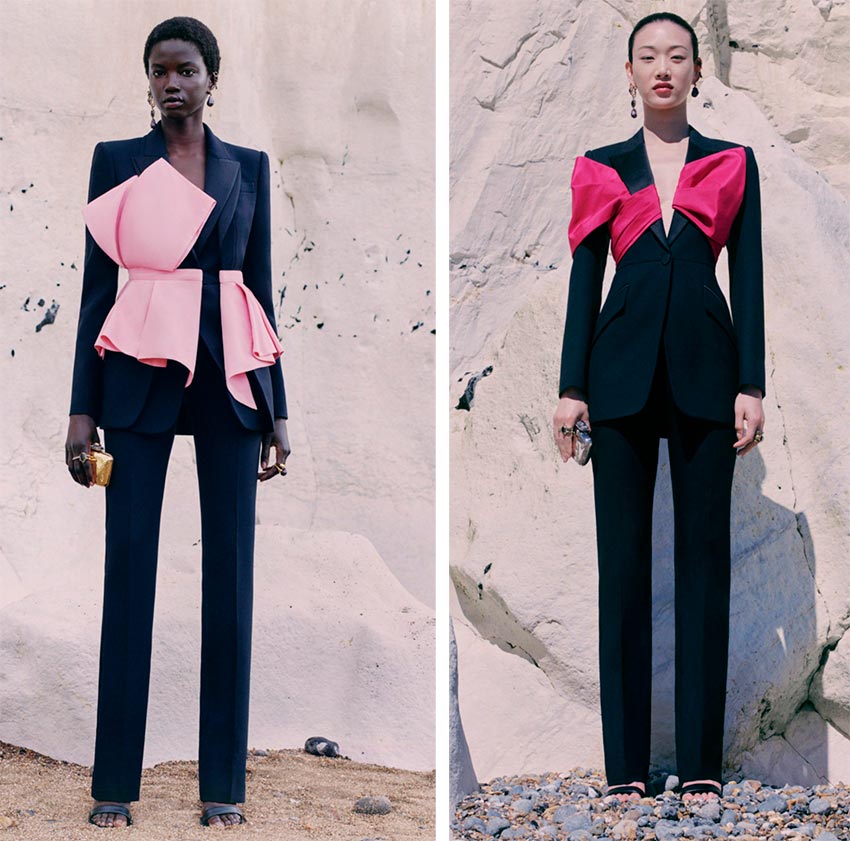
Alexander McQueen
Max mara
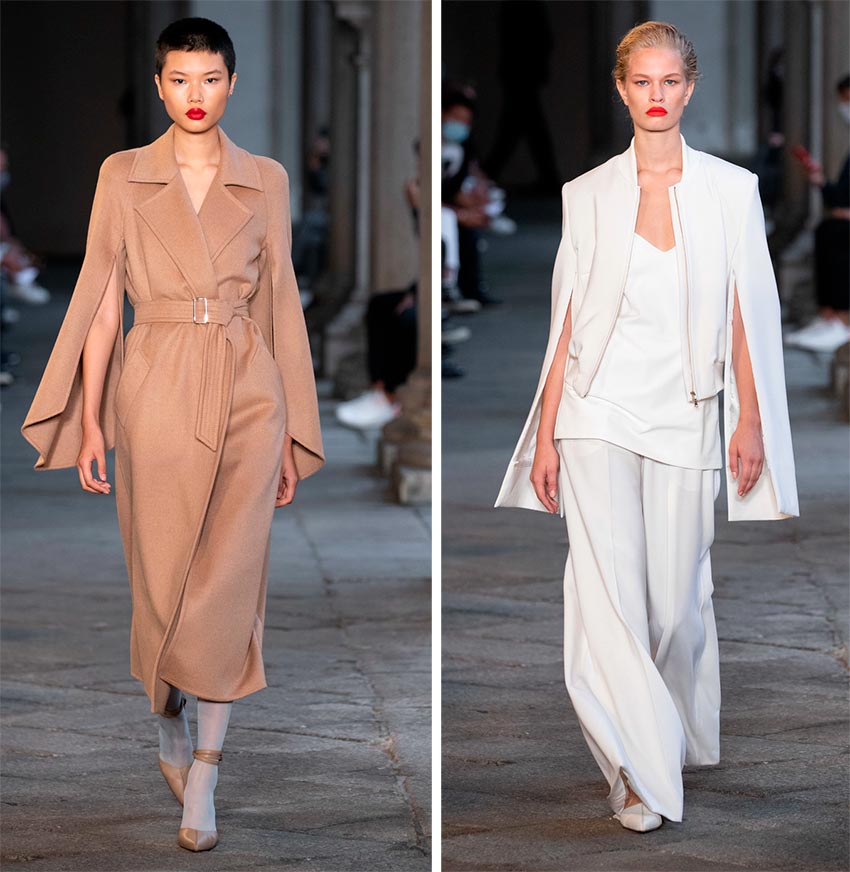
Today deconstructivism is a trendy direction. This should include the collections of Chacai, Lemaire, Alexander McQueen, Louis Vuitton, Hugo Boss, Givenchy, Max Mara, Mistergentleman, Sacai, Ann Demeulemeester and other brands. Let's consider the main features of the style using the example of the spring-summer 2024 trend collections.
Based on these collections, it is possible to identify common features of the deconstructivist style:
Colors and prints: any are used, since the emphasis is on styles and cut.
Styles: something hypertrophied, unusual, baggy, oversized - something that attracts attention with its form.
Details: asymmetry is used, also seams outward, raw edges, the presence of additional details that are out of place (for example: several collars), pockets located in unusual places on clothes. Everything is unusual and that attracts attention.
Textures and materials: absolutely any. Casual fabrics can be used for some evening wear or vice versa.
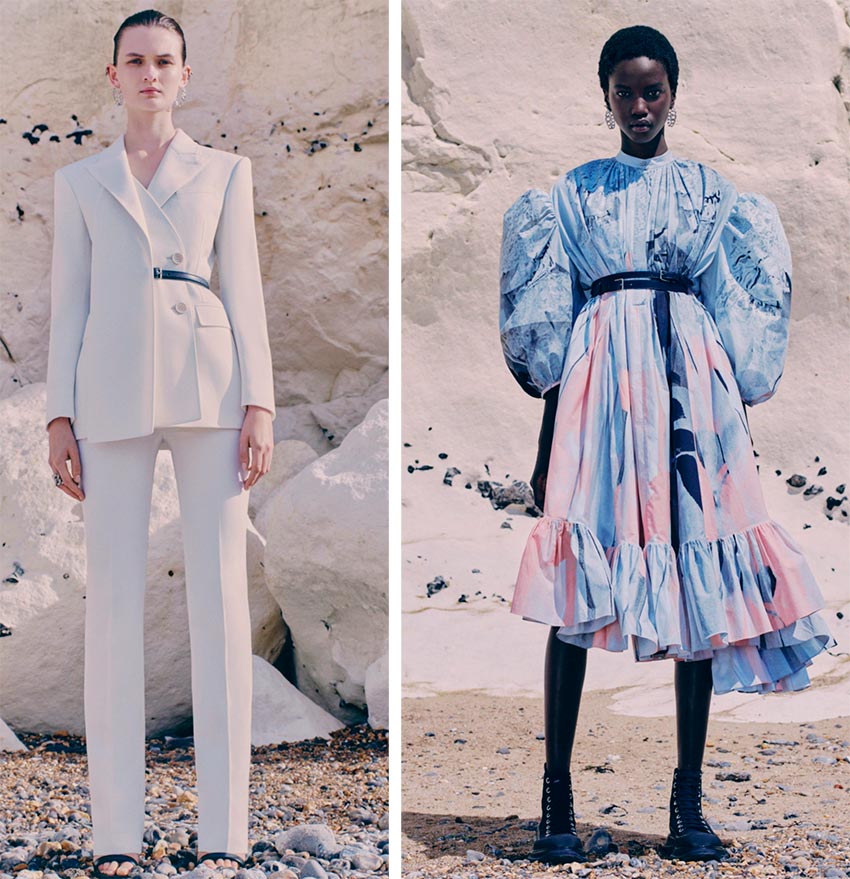
Alexander McQueen

Alexander McQueen
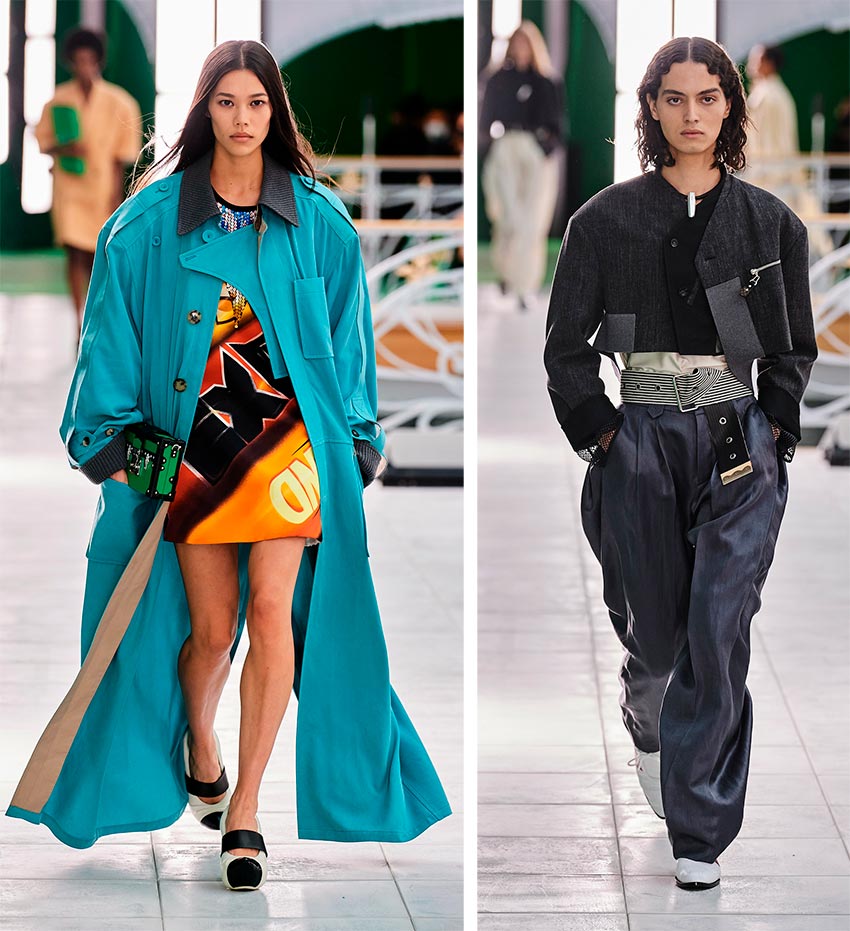
Louis vuitton
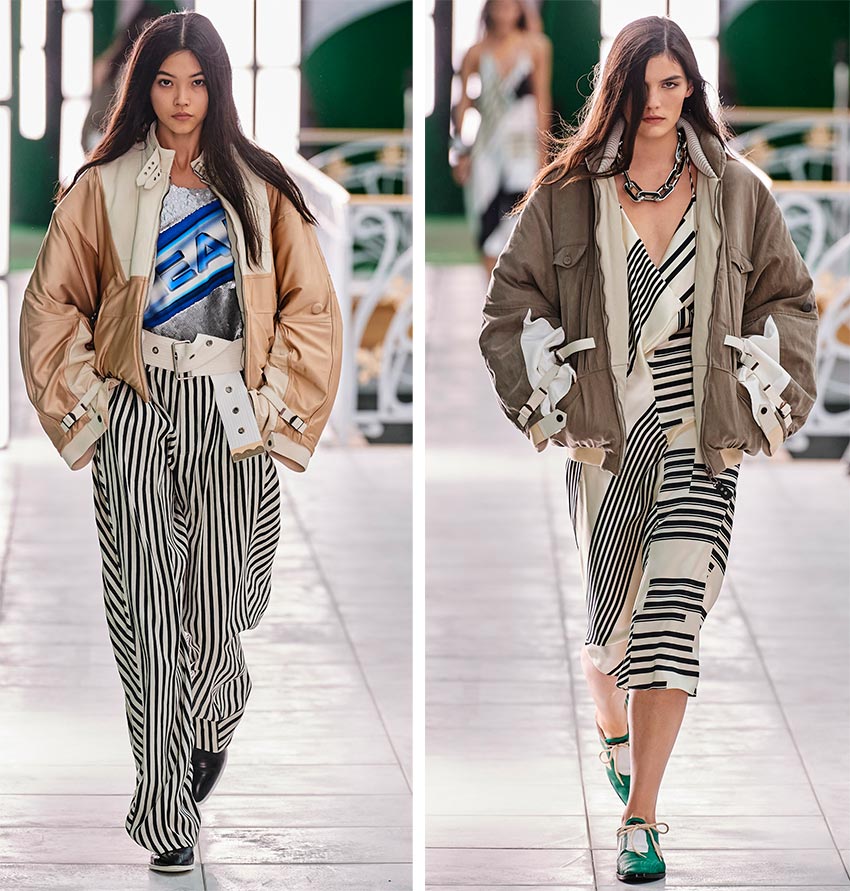
Louis vuitton
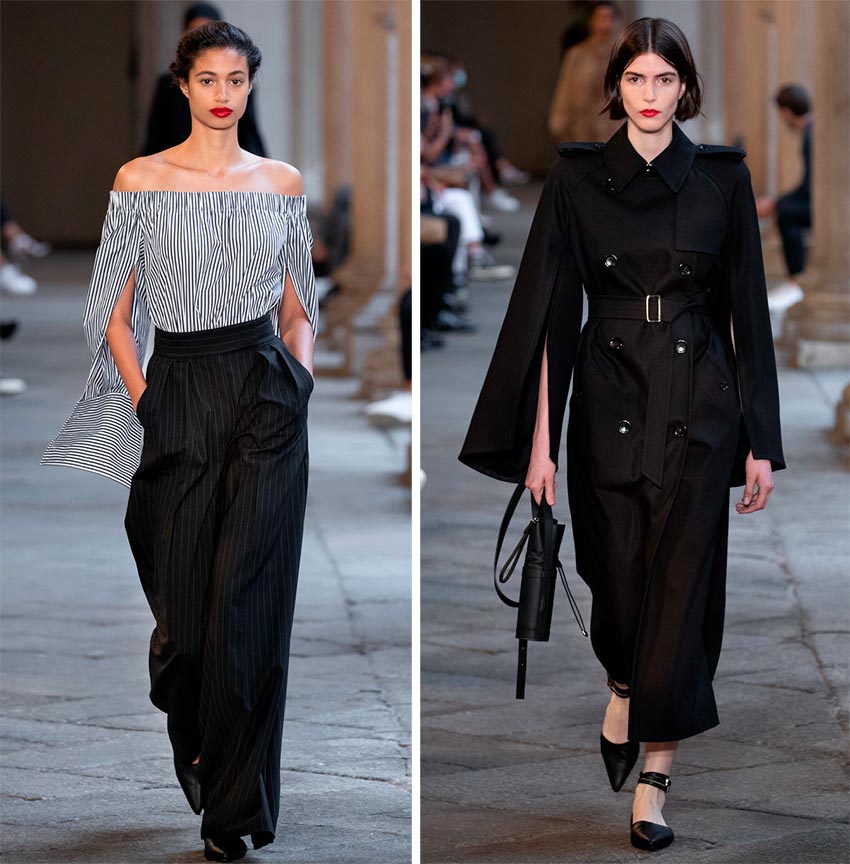
Max mara

Monse

Monse

Monse
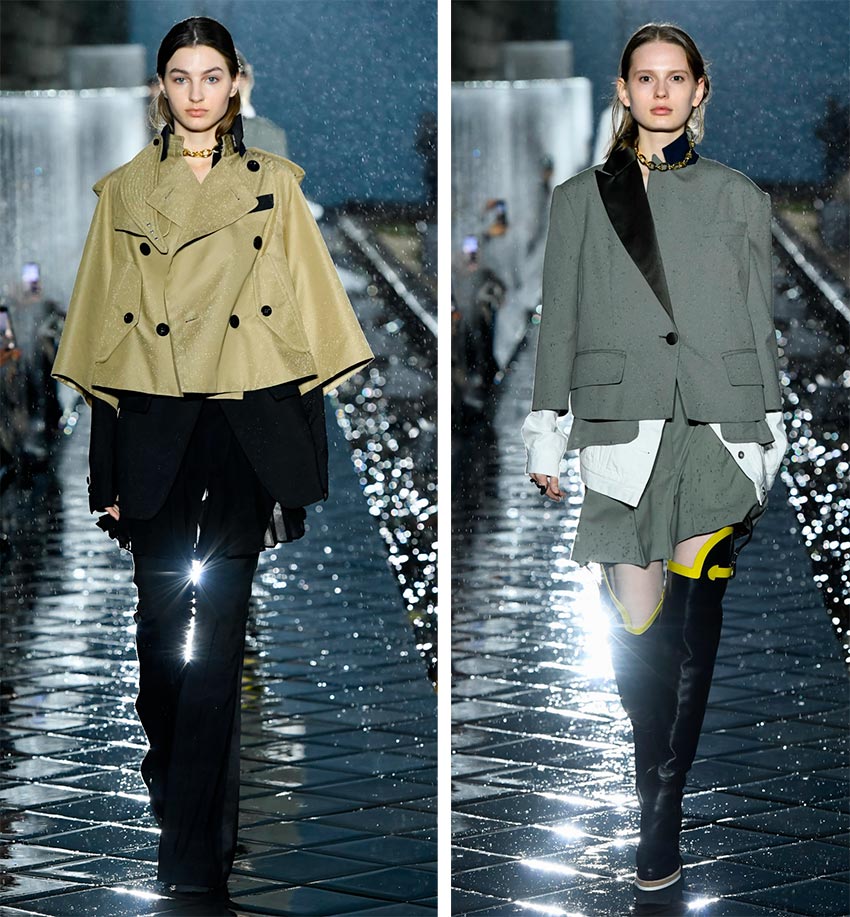
Sacai
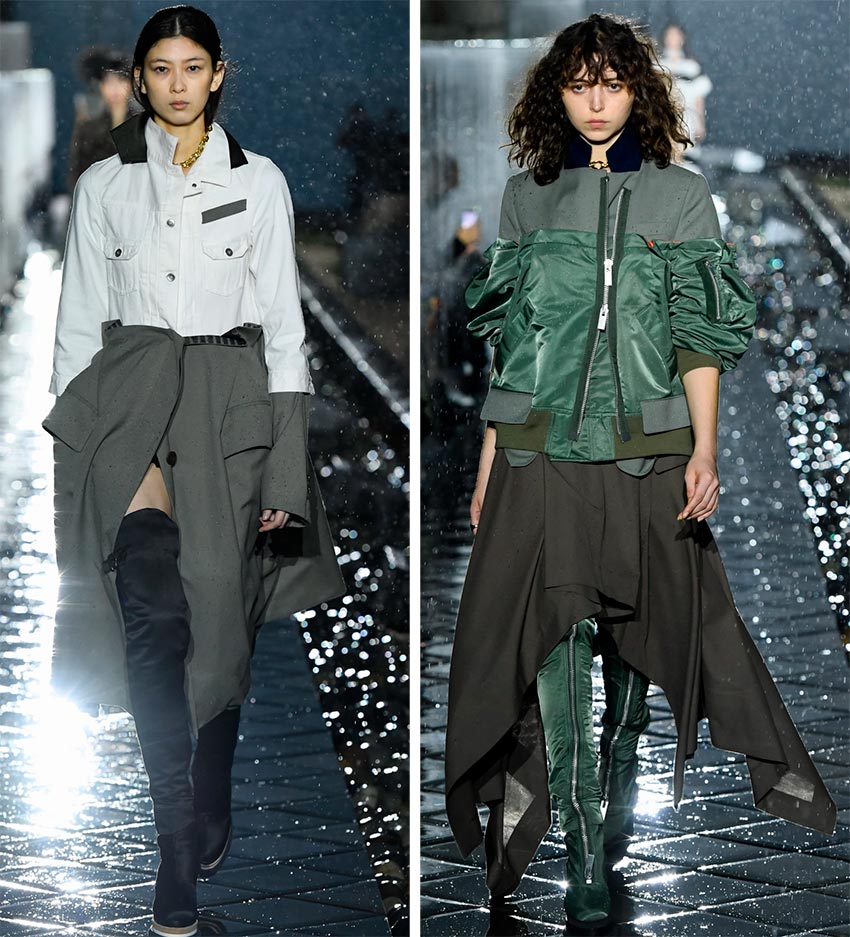
Sacai
Comments and Reviews
Add a comment
Rating news
Shades of clothing that make women look younger
What shades of hair make women younger: rules and photos
Funny wedding dresses - photos and ideas
12 most expensive down jackets for the winter
How to look 25 at 40: tips from supermodels
Beautiful schoolgirls
Anti-aging haircuts and hairstyles for women
Fashionable skirts for autumn and winter
Fashionable women's trousers for the cold season
Fashionable and stylish sandals for summer 2024
Spring-summer 2024
 Fashionable dresses and tops with thin spaghetti straps
Fashionable dresses and tops with thin spaghetti straps
 Bandana tops: how to wear stylishly and beautifully
Bandana tops: how to wear stylishly and beautifully
 How to put together the perfect men's wardrobe for the summer
How to put together the perfect men's wardrobe for the summer
 Trendy shorts for spring-summer 2024
Trendy shorts for spring-summer 2024
 Fashionable skirts for spring-summer 2024: a guide to online shopping
Fashionable skirts for spring-summer 2024: a guide to online shopping
 The most fashionable dresses spring-summer 2024: styles and colors
The most fashionable dresses spring-summer 2024: styles and colors
 Fashionable total look 2024: image ideas and trends
Fashionable total look 2024: image ideas and trends

